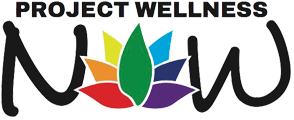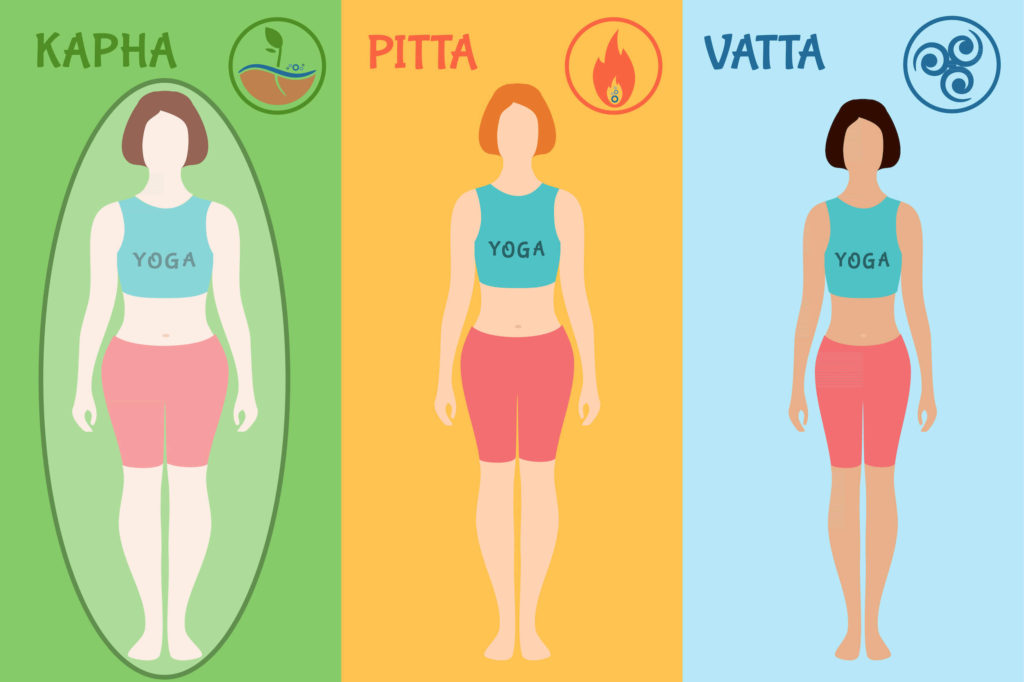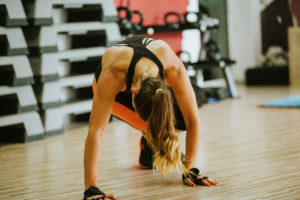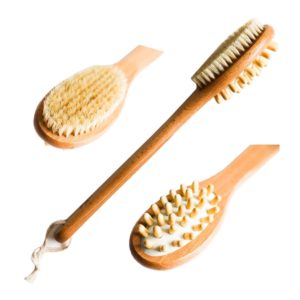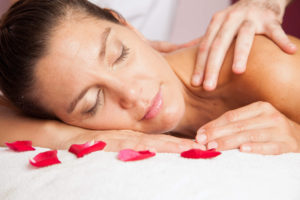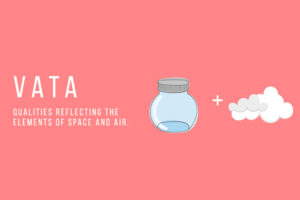In Ayurveda, spring is known as Kapha season. As the earth starts to thaw after the colder months, so do our bodies start to prepare for the warmer season. Those whose Dosha is primarily Kapha (https://store.chopra.com/dosha-quiz) are particularly prone to experiencing health changes that come with the transition from winter to spring: allergies, lethargy, and possibly even susceptibility to the cold/flu virus. Regardless of our constitution, however, we all feel the effects of the changing weather, to varying degrees.
To balance Kapha, it is important to rise early in the morning, before 6 a.m., and engage in gentle exercise for at least 30 minutes, with a focus on grounding and bringing lighter energy into the body and mind. A brisk morning walk, followed by a yoga practice, is ideal. It is important to stay warm while warming up the body and as we start to cool down following our workout, so it’s best to dress in layers. To counteract lethargy, it’s recommended to move as much as possible throughout the day, but at a steady pace. During this time, our yoga practice should be focused on the intention to ground through the lower body while rising and finding lightness through the torso, opening the heart.
The following are a few yoga poses for pacifying Kapha. Remember to take five to eight breaths in each pose before moving on. Please note that this Kapha sequence is recommended for those who have some experience with Vinyasa yoga. Remember to modify the poses to suit your experience level and stay mindful of any limitations with which you may be working. Consult with your medical professional before starting this or any other exercise routine.
1. Start with a few sun salutations to warm up and connect the movement to your breath. Keep the breath smooth and even throughout the practice.
2. Warrior I

In a wide-leg stance, bend the right knee to a 90-degree angle, with the knee stacked over the ankle. The left foot should be turned in slightly, with the outer edge of the foot pressing firmly into the floor, lifting the inner arch of the foot. The heels of your feet should be aligned on the mat. Likewise, root down evenly through the front foot. Lift the pelvic floor and the belly, elongating the tailbone toward the floor, and draw the bottom ribs toward the hip points. Continue to root down through the legs as you extend the arms up overhead, squaring the shoulders to the front of your mat. Keep the torso light by continuing to lift through the core, keeping the shoulders soft, lifting the crown of the head toward the sky.

3. Warrior II
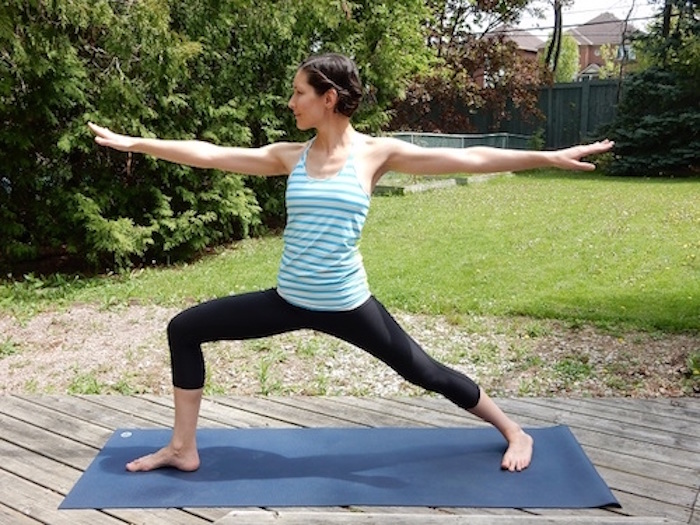
From Warrior I, straighten both legs and adjust the back foot, bringing the front heel in line with the inner arch of the back foot. Reaffirm the foundation through your feet and draw the energy between the feet toward the center of the mat. Lift the pelvic floor and lower belly, and draw the bottom ribs toward the hips. Keep the torso open to the left side of the mat, directly over the hips. Keeping the shoulders soft, extend the arms out to your sides, gazing past the front fingertips. Root down through the legs, using your core to rise up through the torso, finding lightness.
4. Extended Side Angle Pose
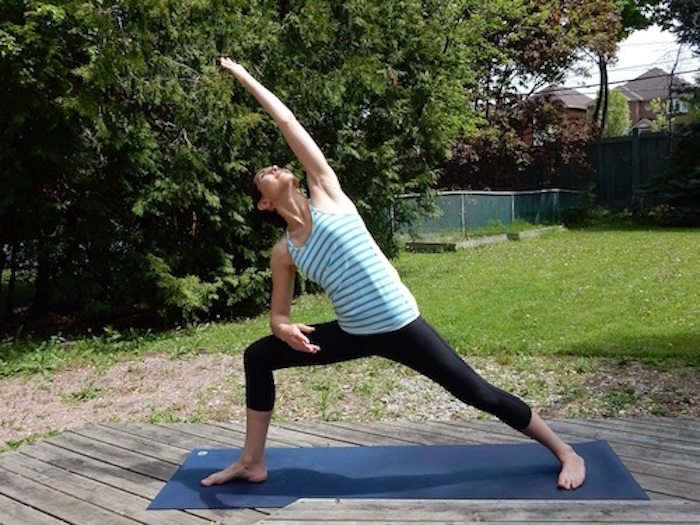
From Warrior II, reach the torso over your right leg, extending the right arm along with you, then gently bringing the elbow to rest on the right thigh. Externally rotate the front hip, and elongate the tailbone toward the back foot. Extend the top arm toward the sky or bring it in line with the spine, keeping the shoulders soft. Elongate evenly through both sides of the torso.
5. Triangle Pose
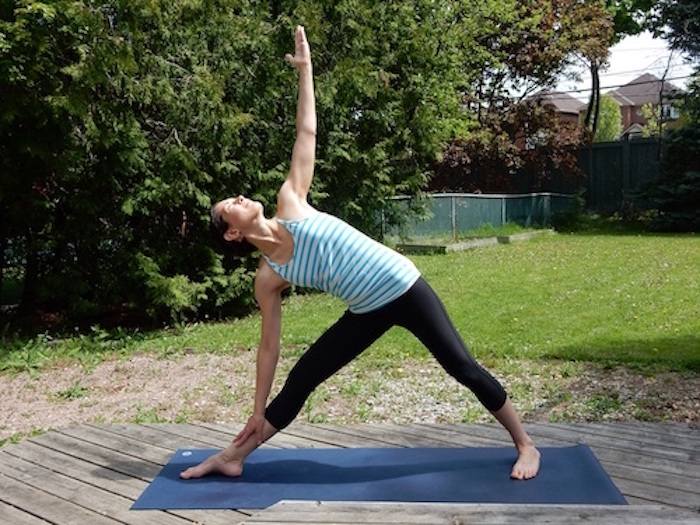
From the Extended Side Angle Pose, lead with the left arm to bring the torso back to vertical and straighten both legs. Keep the legs straight by engaging the quadriceps, extending the right arm and the torso to parallel with your mat, then bringing the right hand to rest on the ankle. Continue to use your core muscles to elongate evenly through both sides of the torso. Extend the left arm straight toward the sky and spin the breastbone toward the sky.
6. Half Moon Pose
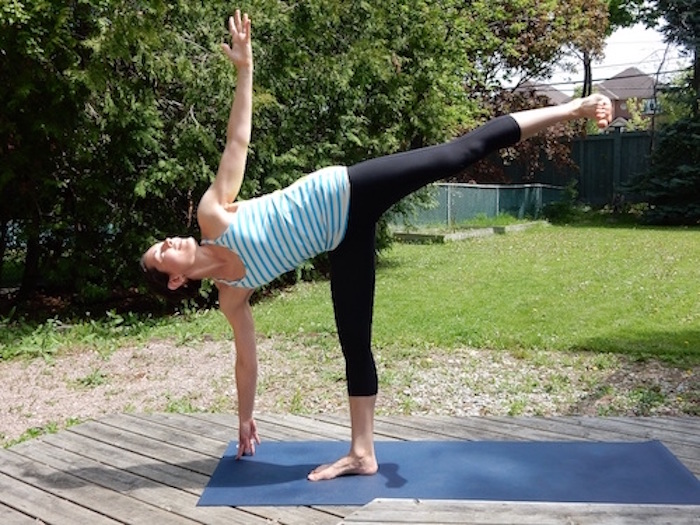
From Triangle Pose, look down toward the right hand and slowly straighten the torso to vertical. Bend the front knee to a 90-degree angle. Elongate the torso once again over the right leg, and place the bottom hand a few inches in front of the right foot, on the floor or on a block, at a height that suits you. Feel free to keep a slight bend in the standing leg. Engage the quadriceps of the back leg, flex the back foot, and use the core strength through the pelvic floor and lower belly to lift the back leg off the ground, toward parallel with the mat, while keeping both sides of the torso long and also parallel to the mat. You may keep the left hand on the left hip, stacking the hips on top of each other, or extend the left arm upward as you spin the breastbone toward the sky. Keep the gaze down at the floor and a few feet in front of the right hand, or challenge your balance by looking off to the side, or straight up toward the sky. Continue to keep the left leg and core muscles engaged and extend through the flexed heel. To come out of the pose, take your gaze down to the right hand, bend the right knee, and slowly start to bring the back foot down to the floor, returning to Warrior II pose. Then, straighten both legs and heel-toe the feet toward Mountain Pose, standing with both feet hip-width apart, lifting the knee caps, the pelvic floor, and the lower belly, and relaxing the shoulders while lifting the crown of the head toward the sky.
Repeat poses 2-6 on the left side and return to Mountain Pose once again.
7. Cobra Pose
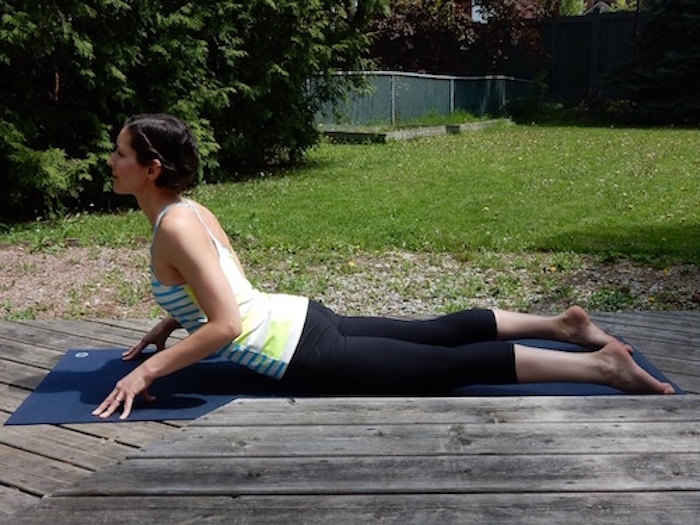
From Mountain pose, flow through a Vinyasa or step back into Downward Facing Dog, then bring the knees down and slide forward to lie down on the belly. Plant all ten toes down into the mat and roll the inner thighs toward the sky to widen the lower back. Lift the quadriceps and engage the pelvic floor and lower belly. Bending the elbows, place the hands flat on the mat to either side of your rib cage, with the fingertips facing forward. Keeping the feet planted on the mat and the core engaged, draw the shoulder blades down the back and use the muscles in your mid-back to lift the breastbone off the floor as you elongate through the spine, reaching the crown of the head forward and the toes back. Keep the chin tucked into the chest to lengthen the back of the neck. With each exhalation, re-engage the core and find more space to lengthen into the pose.
8. Child’s Pose
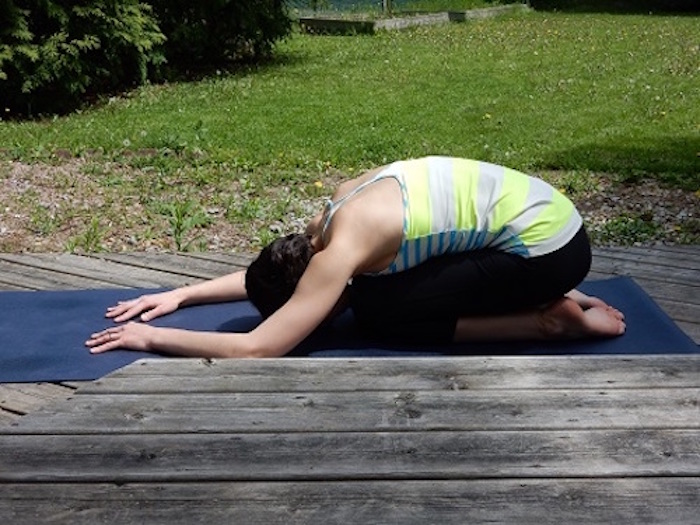
From Cobra Pose, keep the core engaged while gently pushing up onto the hands and knees and pressing the hips back toward the heels, keeping the front and back of the heart open and spacious. Relax the shoulders and soften the muscles in the face. More about Balasana Pose>>>
9. Supported Savasana
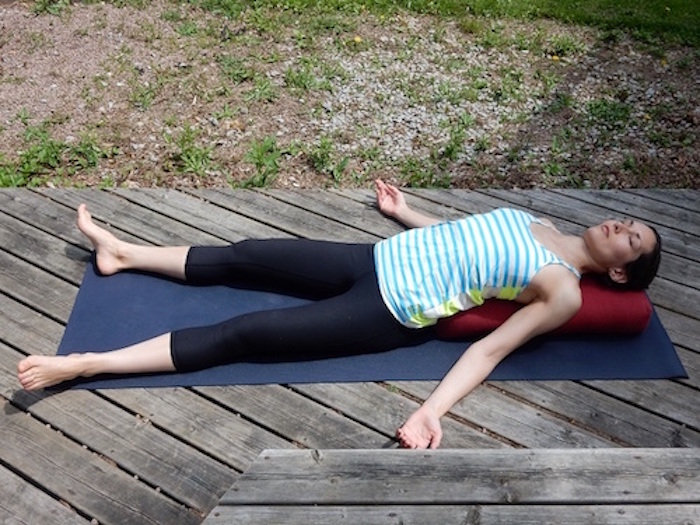
From Child’s Pose, sit up and transition into a supported Savasana to open the heart, stretching the fronts of the shoulders. Place a bolster (or a blanket folded over itself several times) down the length of your mat. Sit up in front of the bolster, with the lower back touching the base of the bolster, keeping the shins crossed in front. Start to lie back over the bolster, extending the legs toward straight, allowing the feet to flop open. Walk the shoulder blades closer together and extend them down the back, widening the collar bones and allowing the arms to fall heavy on the mat. For additional support for the head and neck, you may use a small cushion as a pillow, or fold a thin blanket and place it under your head. Relax in Savasana for several minutes, breathing easily, then slowly re-awaken the body by moving the fingers and toes, rotating the wrists and ankles, and roll off to one side before using the hands for support to rise up to a seated posture.
Stay seated and take a few full breaths, noticing your energy level following this grounding and invigorating Kapha practice
YOU MAY ALSO LIKE:
YES, IT IS POSSIBLE TO OVERDO IT WITH HIIT WORKOUT
By Cat, The Ivy League Content Fitness trends come and go almost as fast as diet trends (remember shake weights?). That’s…
EXPLORING THE OCEAN’S ABUNDANT WELLNESS BENEFITS
Who doesn’t love a trip to the beach to experience the relaxing rhythms of the waves, smell the fresh, salty sea…
5 WAYS TO STRECH AND REVIVE YOUR BUTT AFTER SITTING ON IT ALL DAY
By now, you’re probably aware that sitting is the new smoking — it’s truly been all over the news lately. Researchers…
WHAT DRY SKIN BRUSHING CAN DO FOR YOU
Dry skin brushing has been growing in popularity for a while now. Health experts often discuss its health and beauty benefits….
THE 5 BEST BENEFITS OF GETTING A MASSAGE
If you’ve never had a massage before, we know you have your reasons. But if you’re on the fence about getting…
VATA PACYFING FRUITS
The reason so many people in the northern hemisphere tend to get sick during the colder months is due to a…
